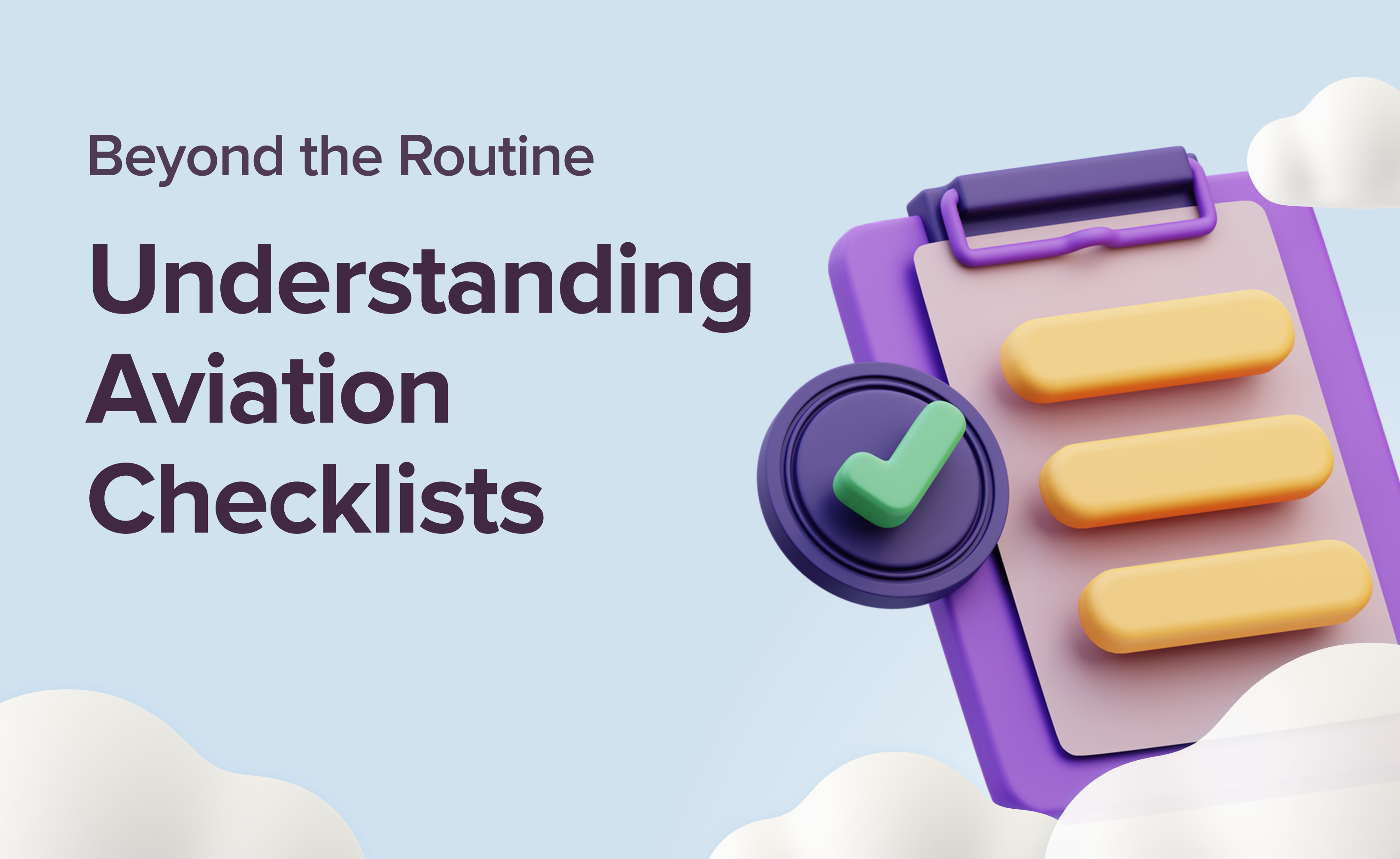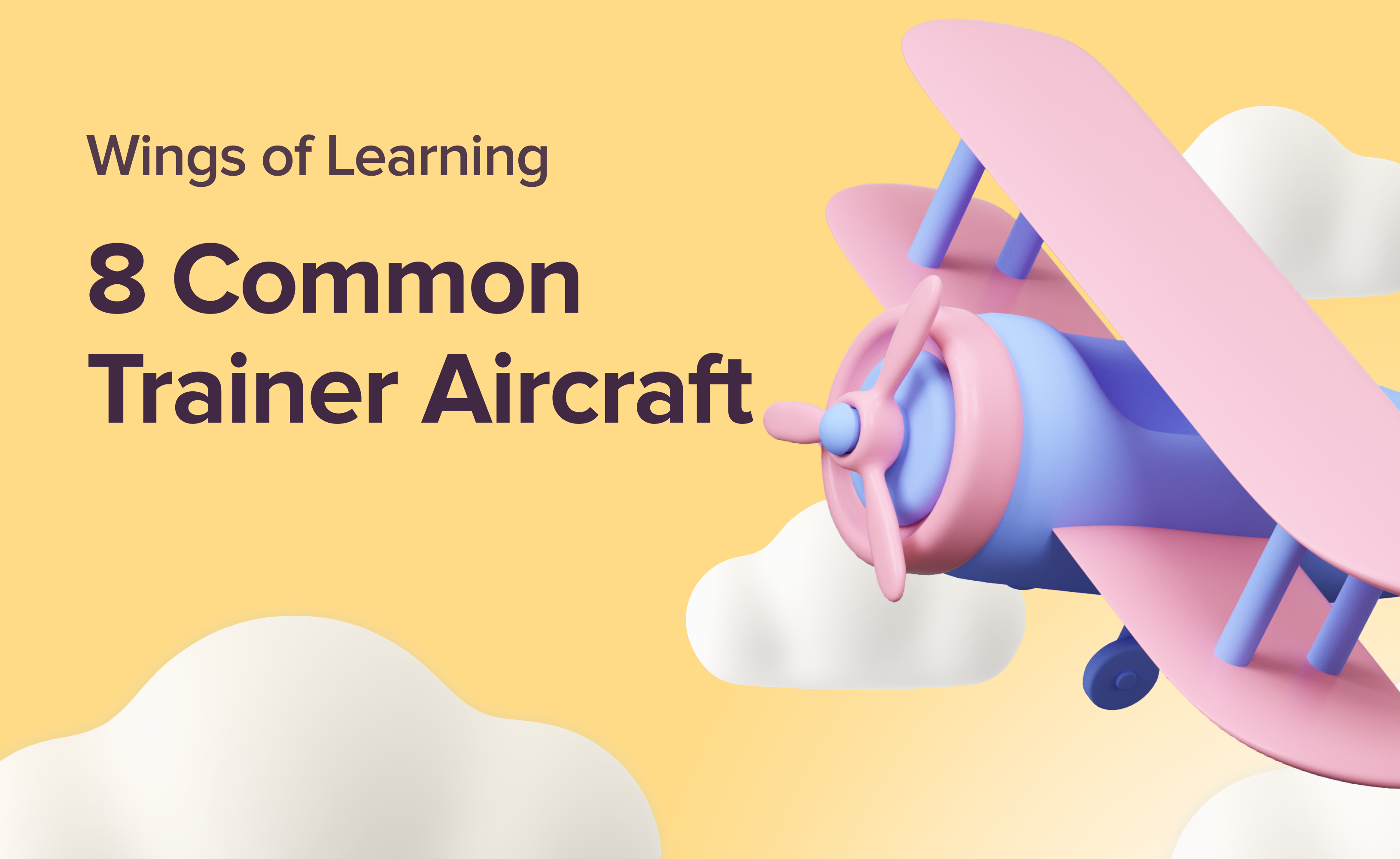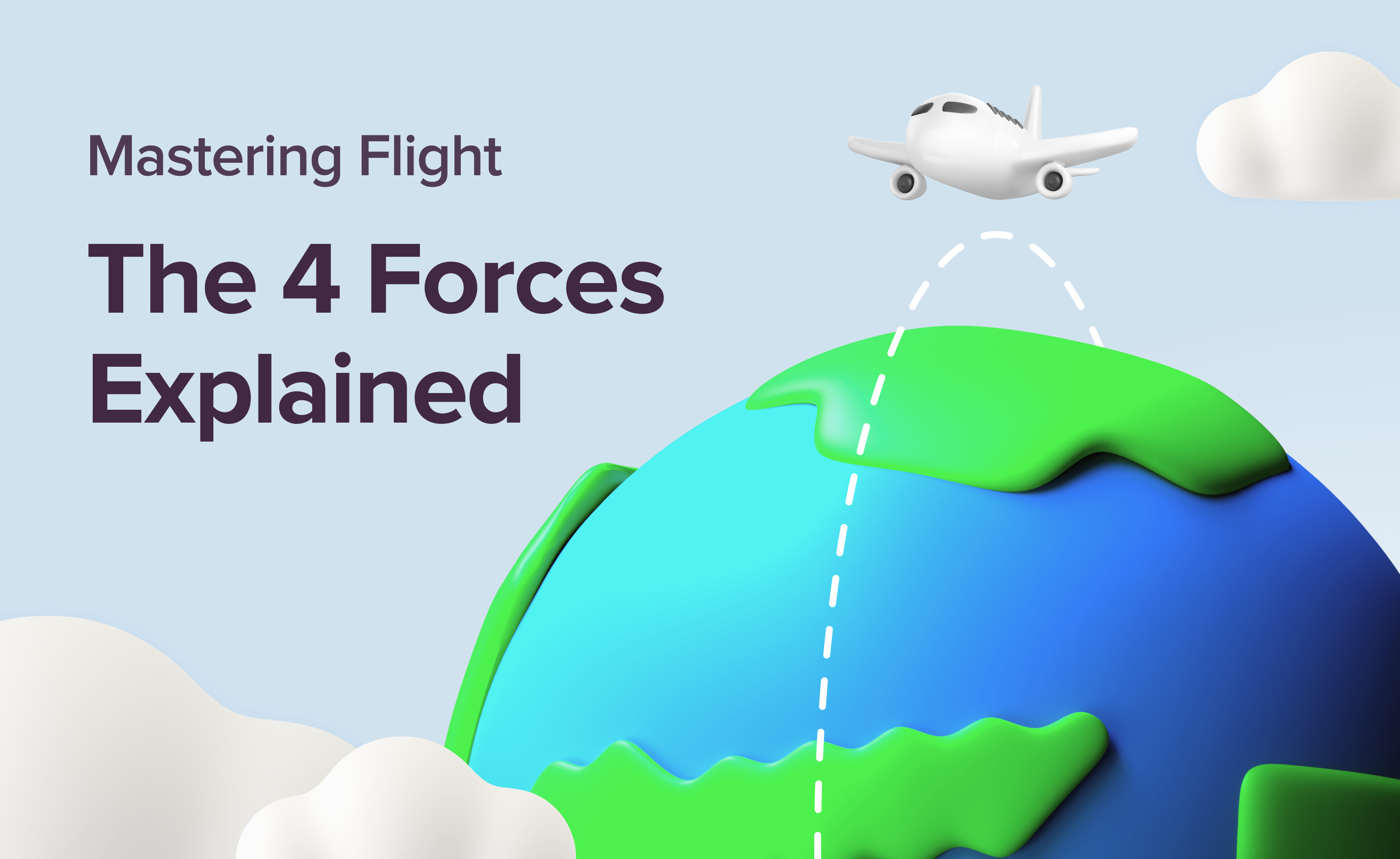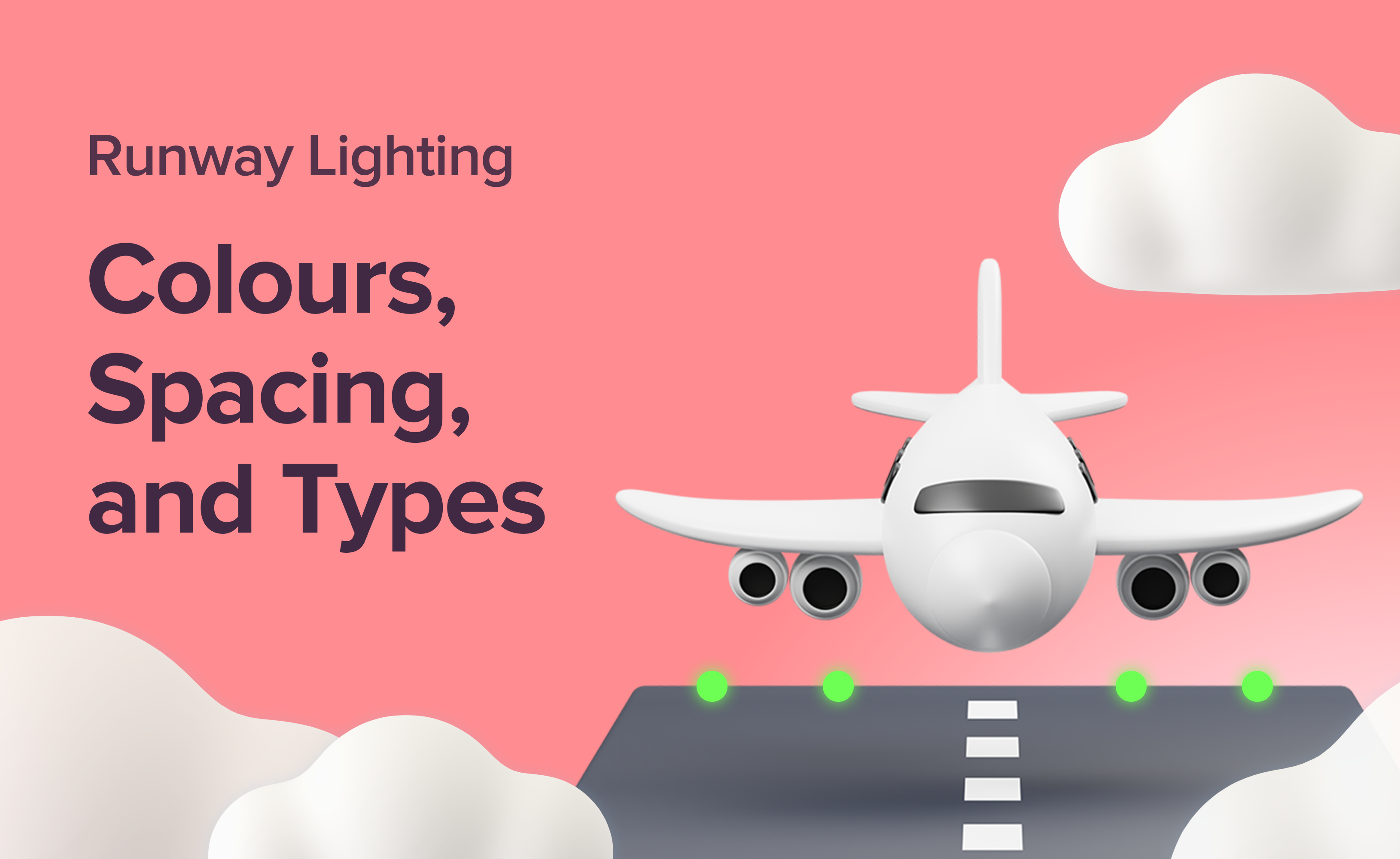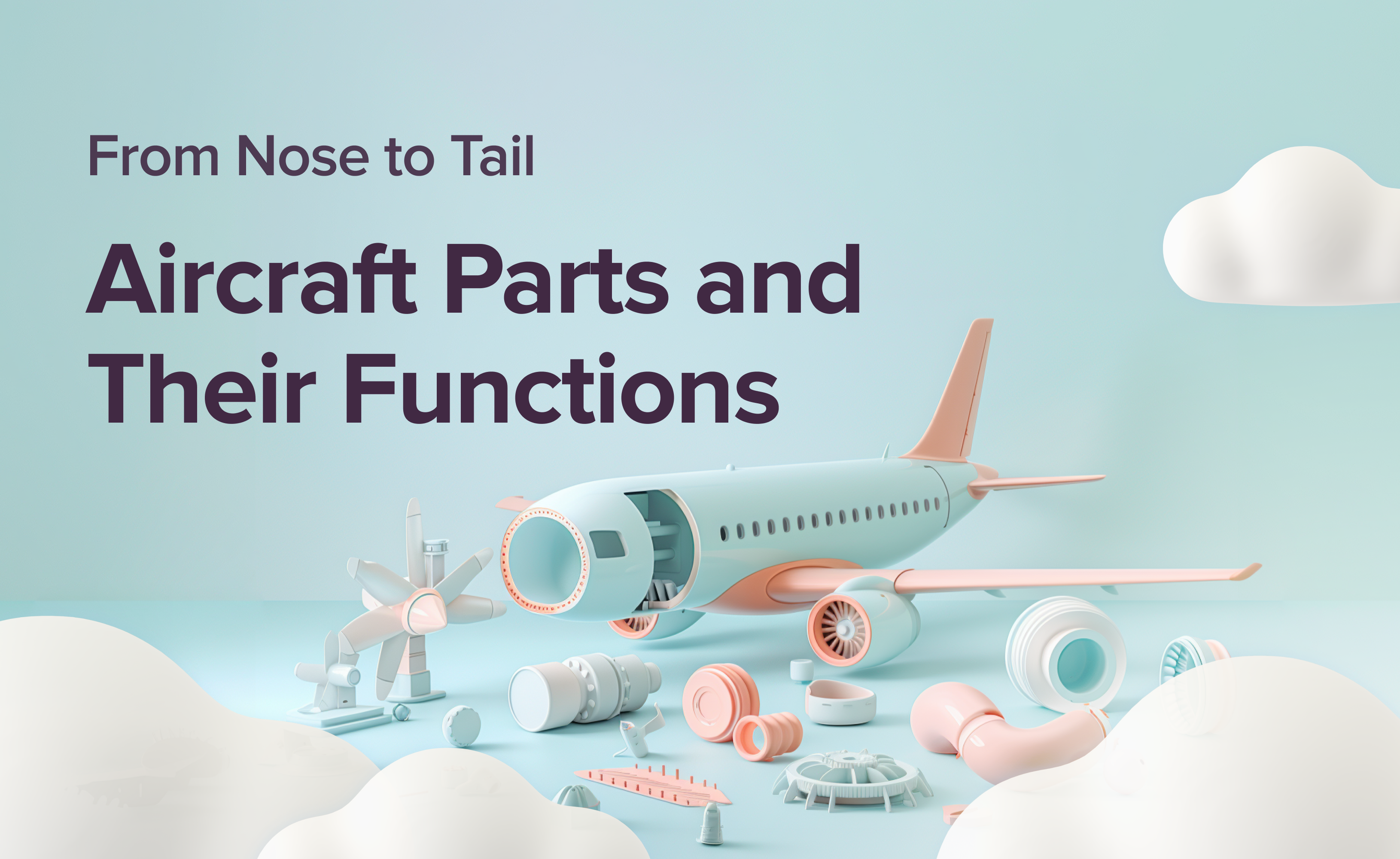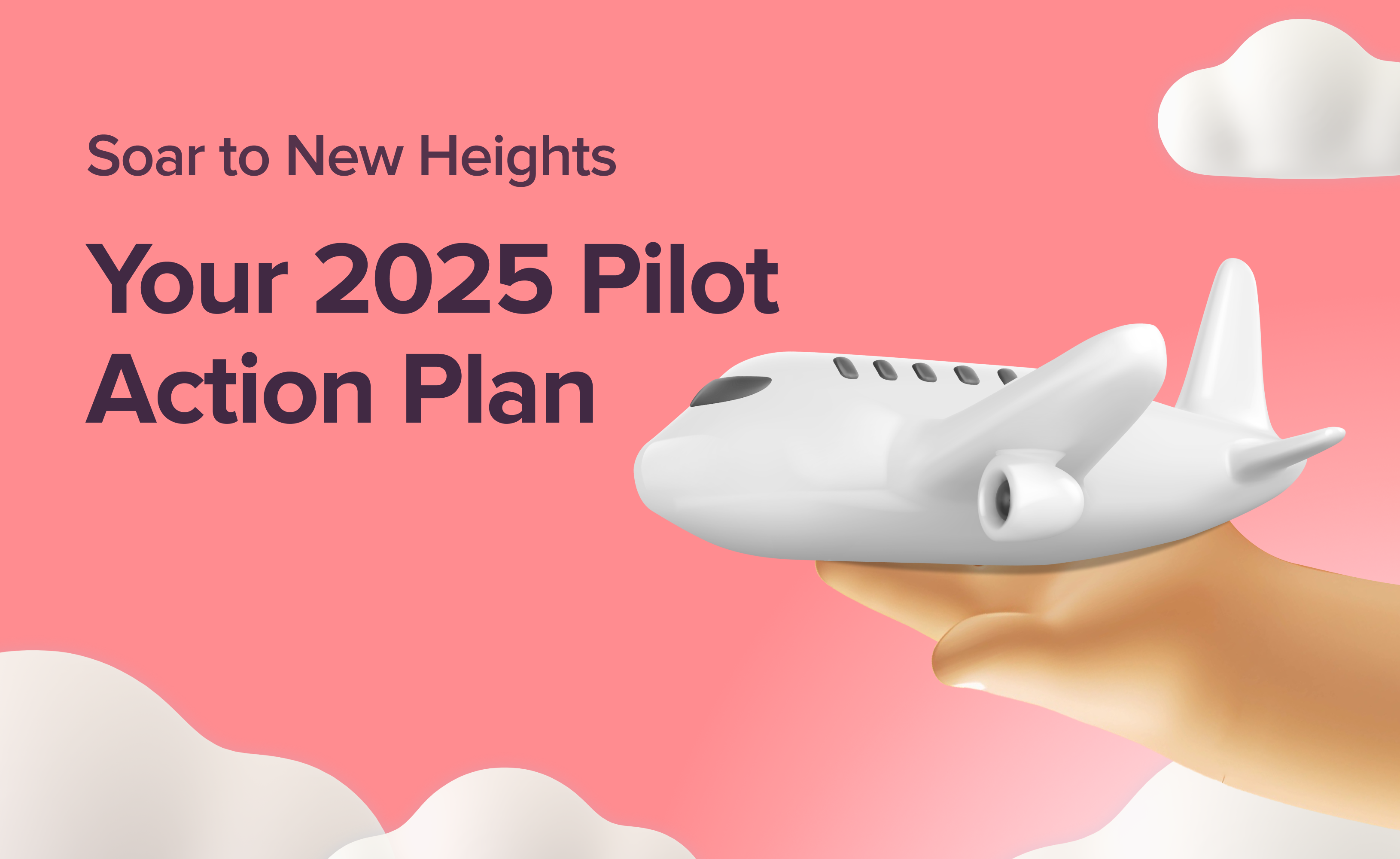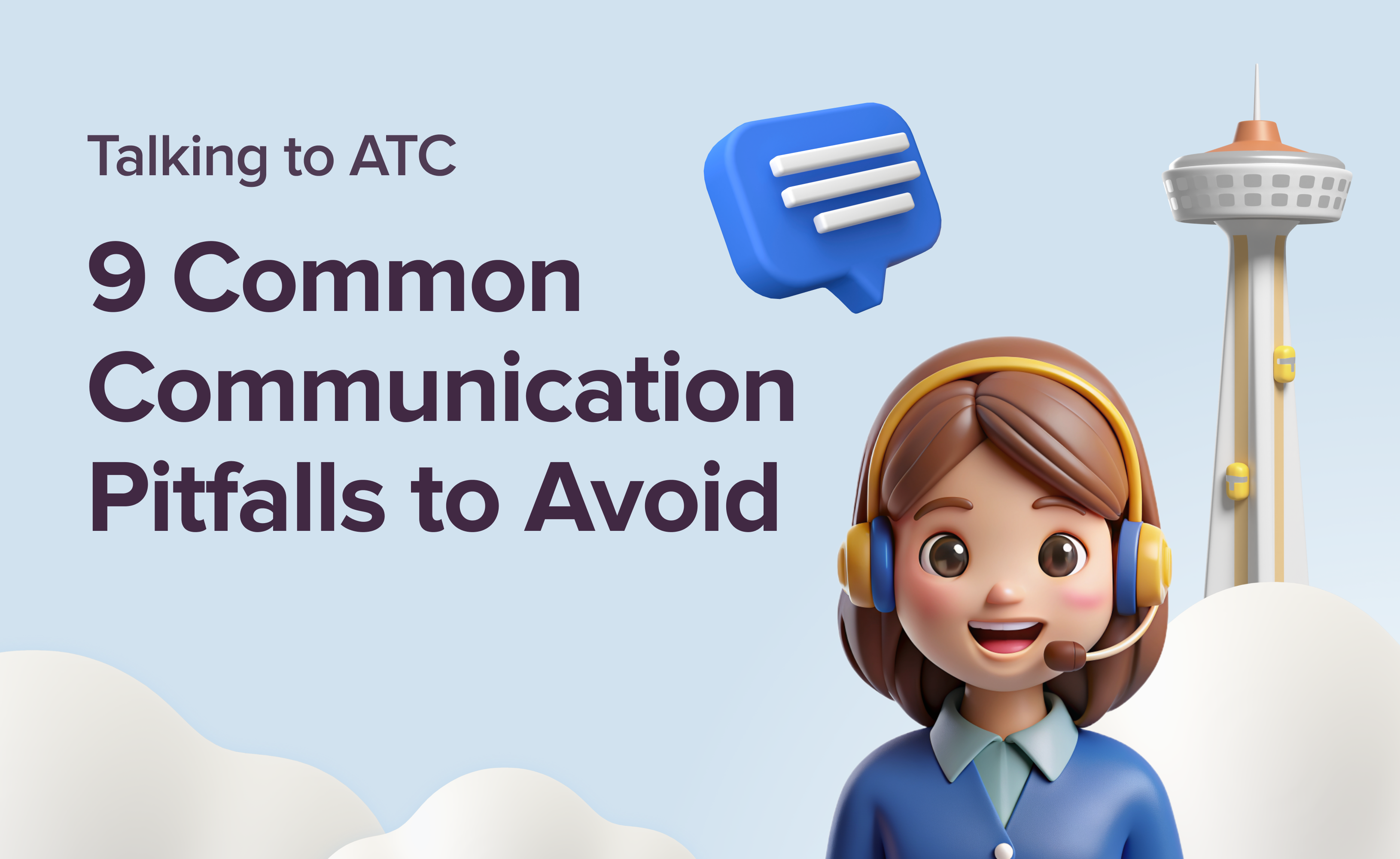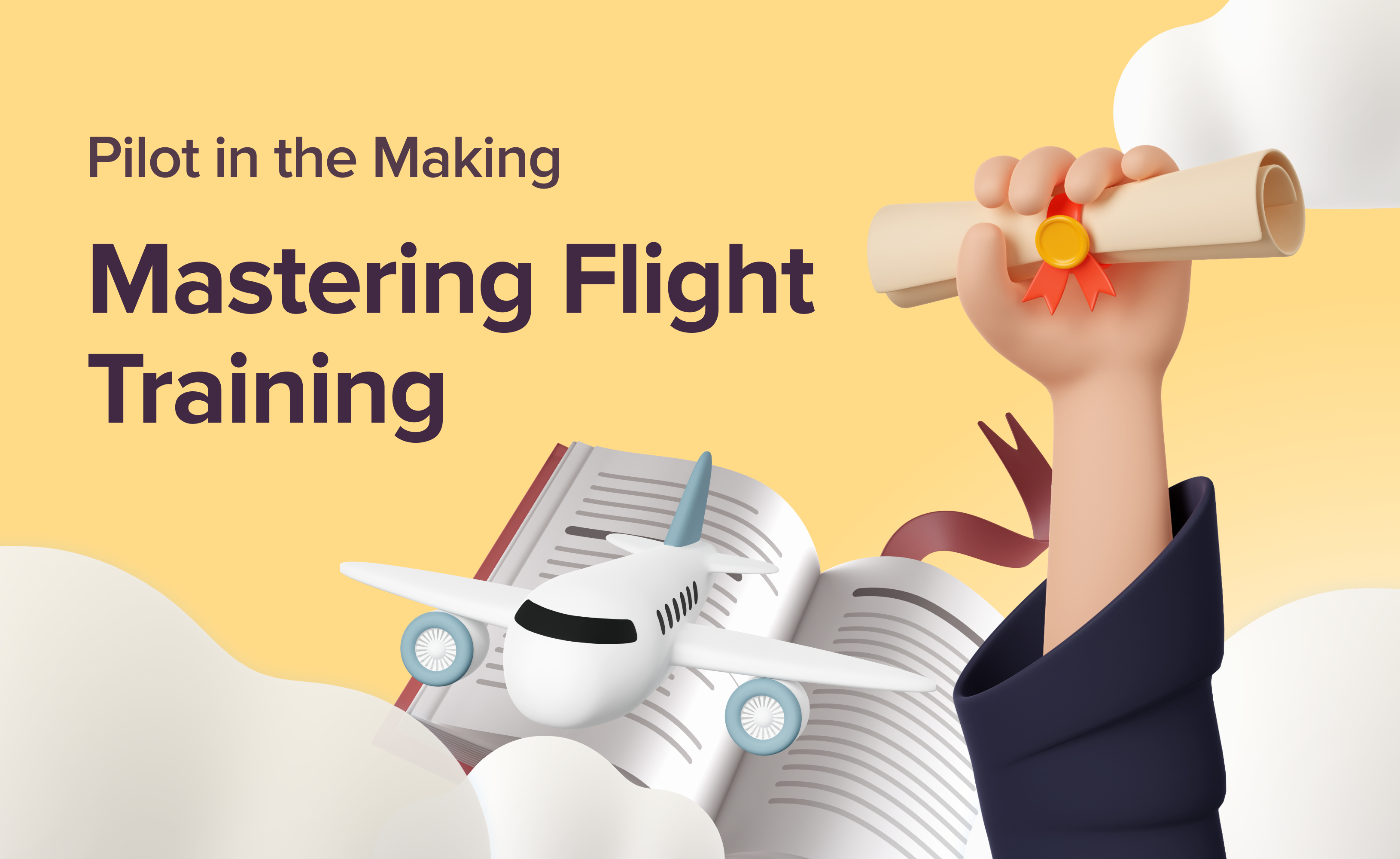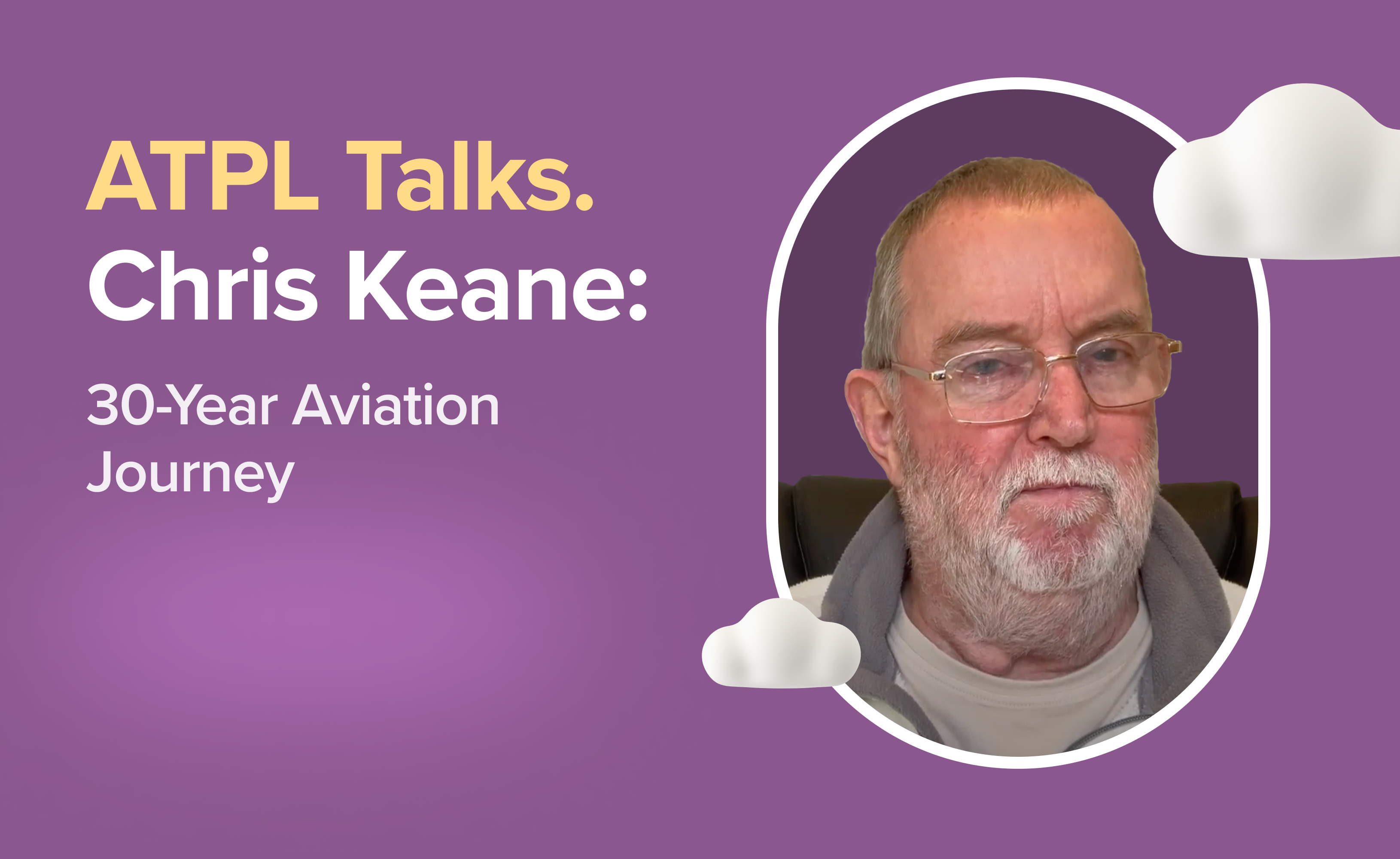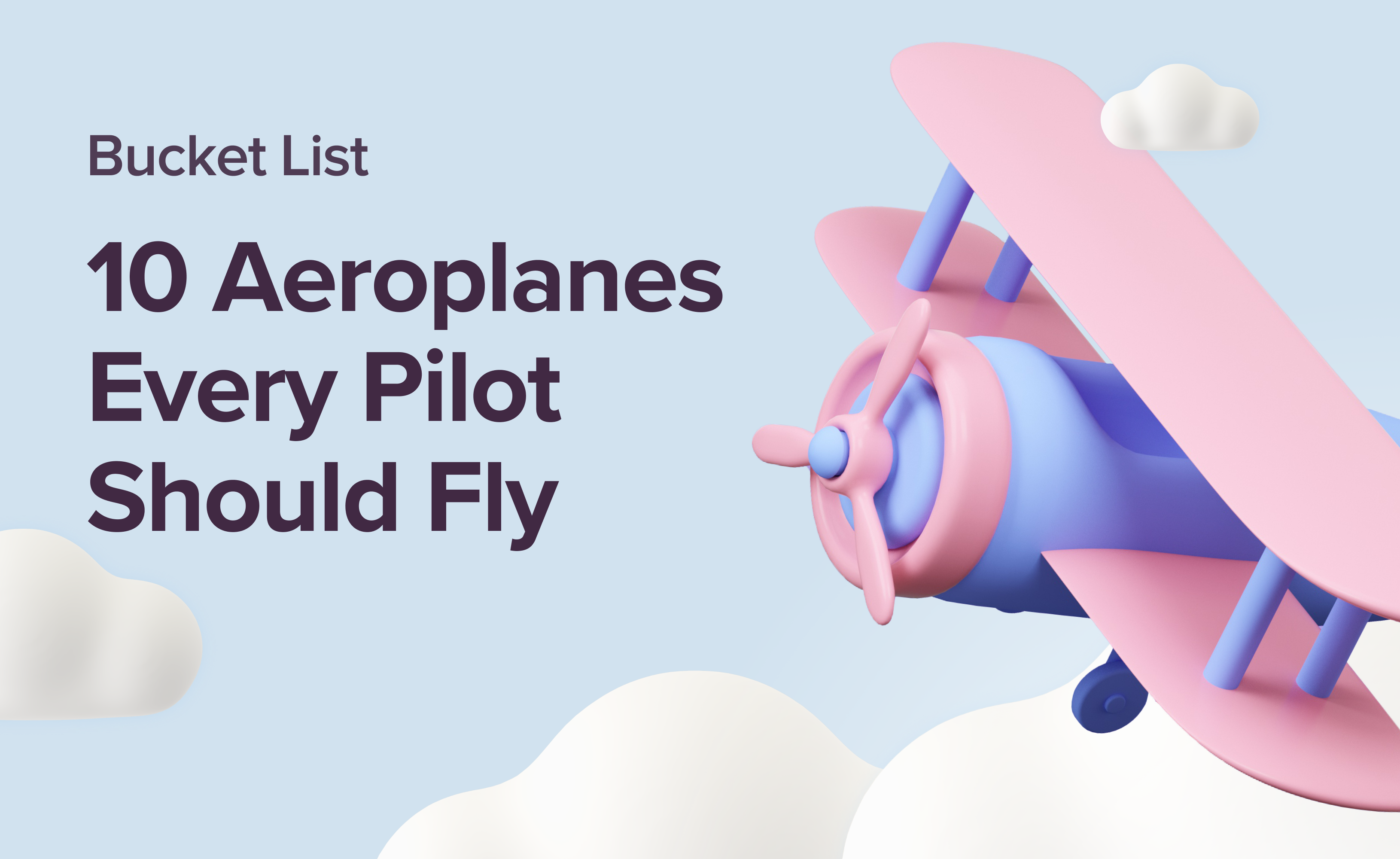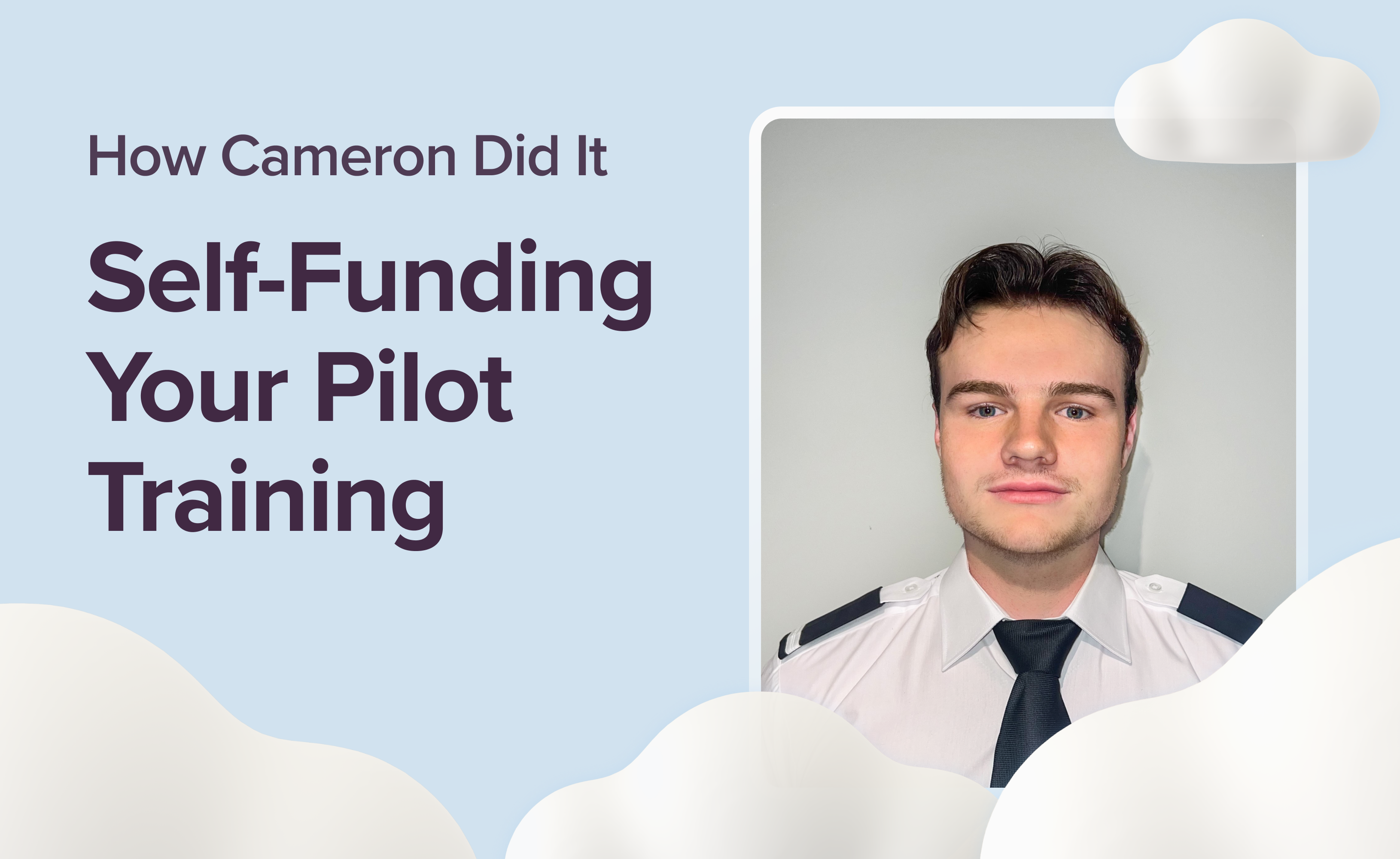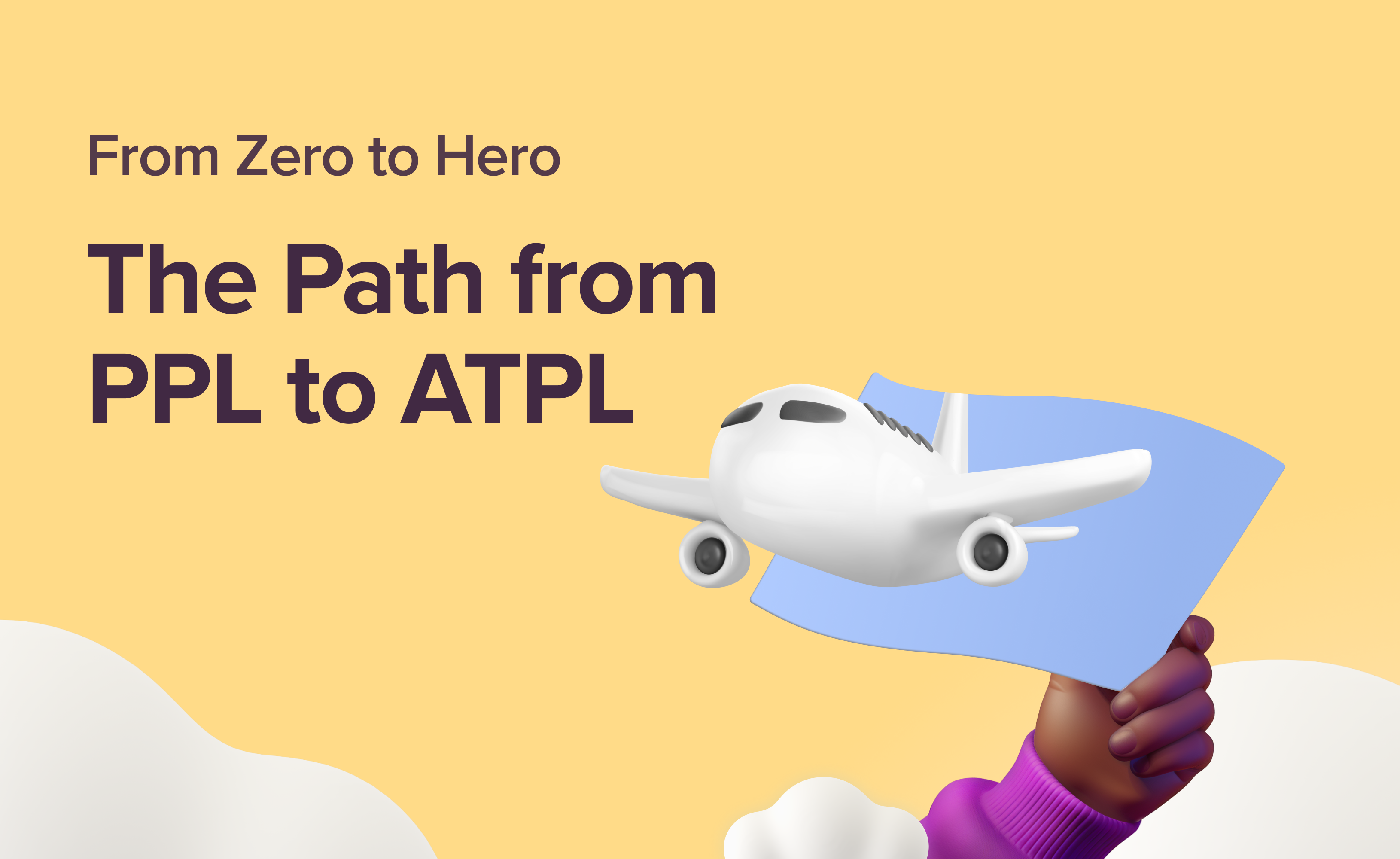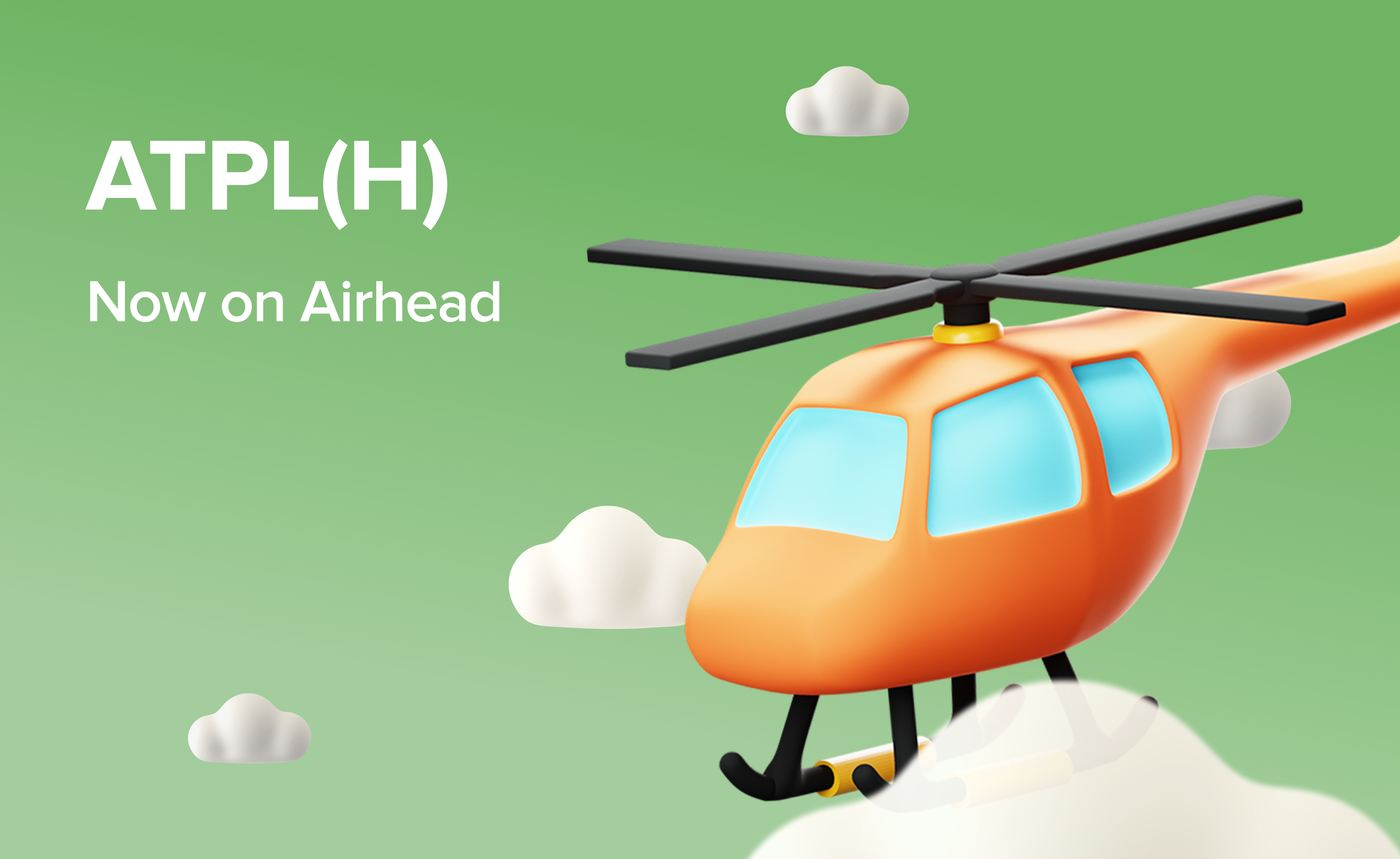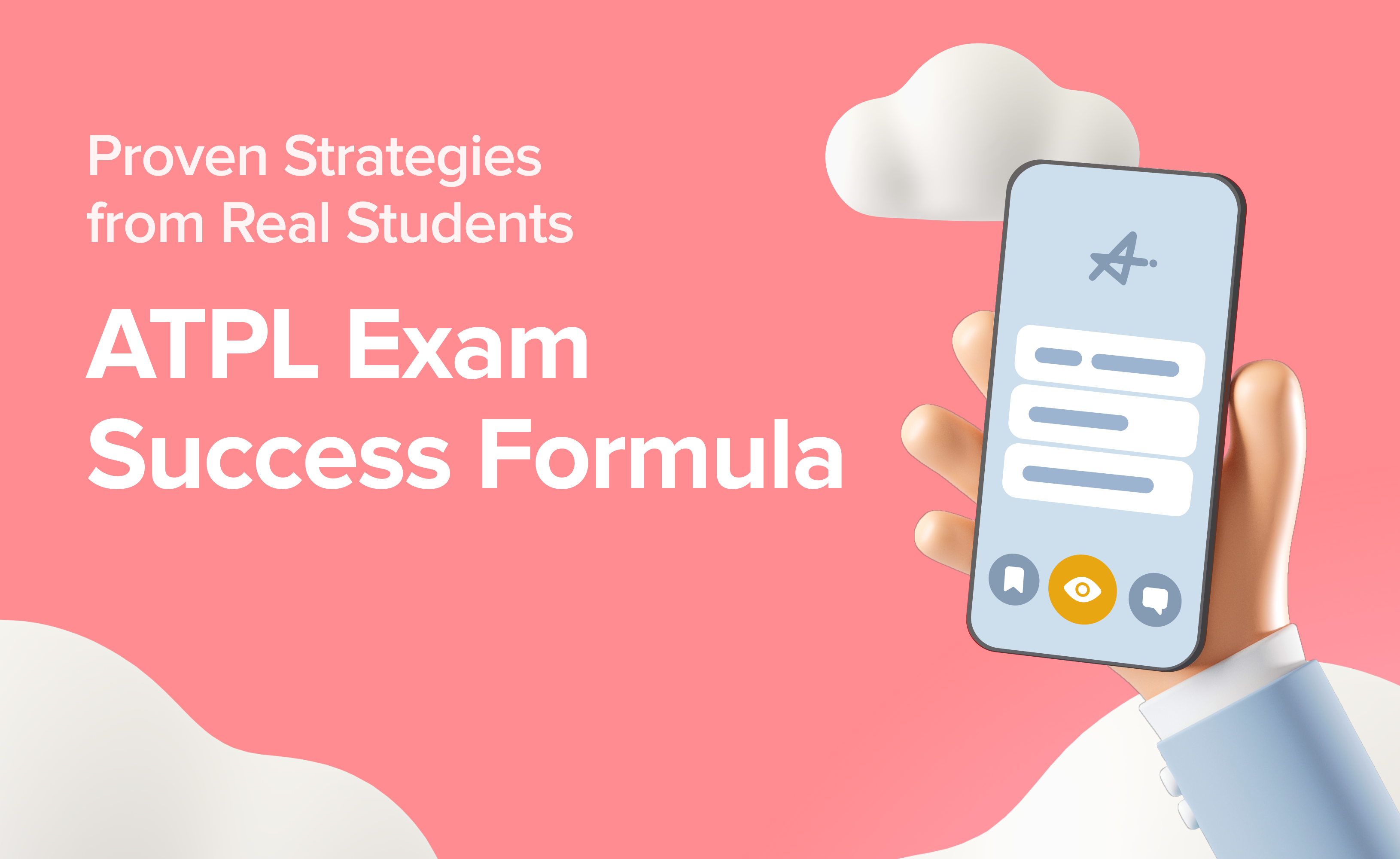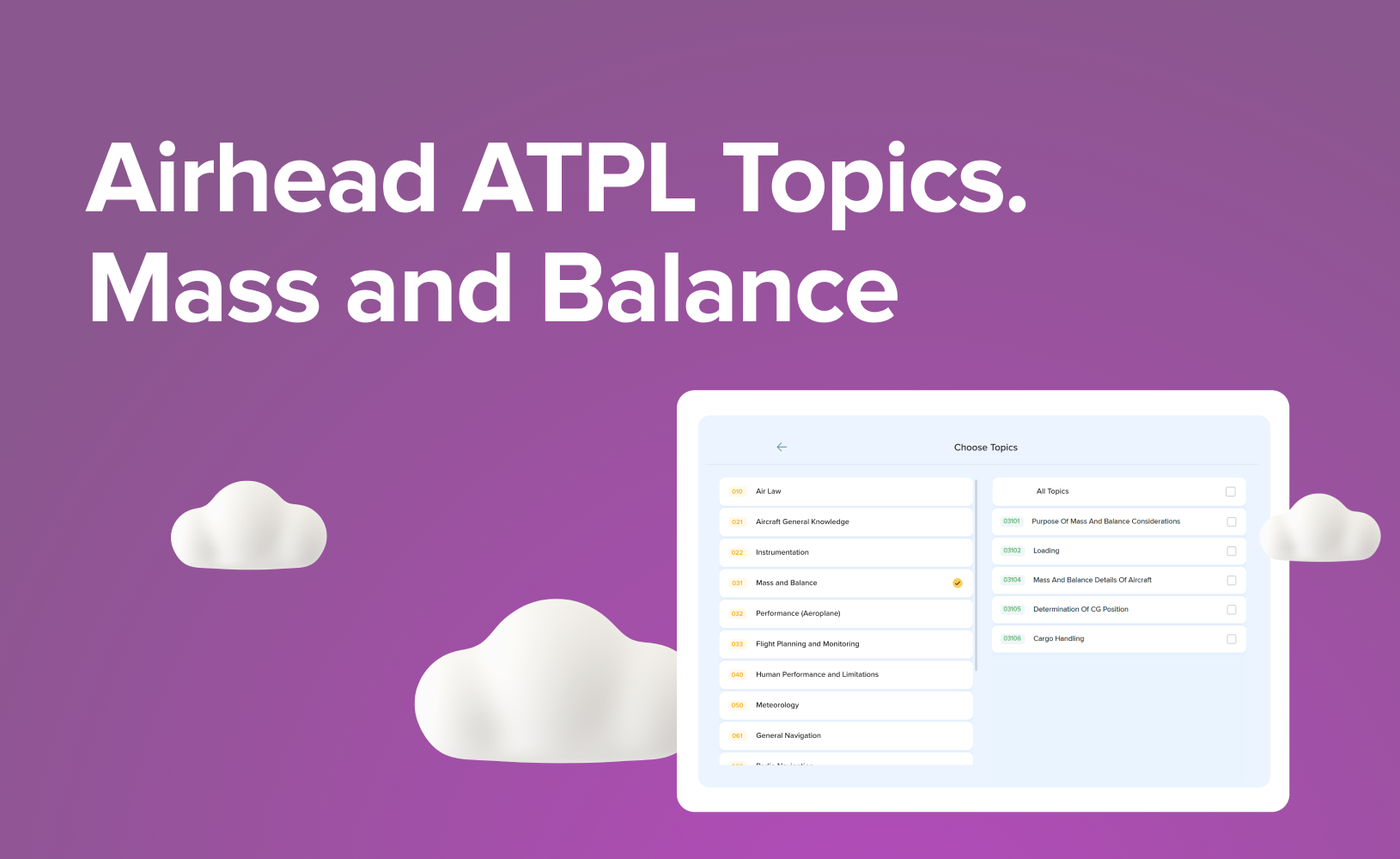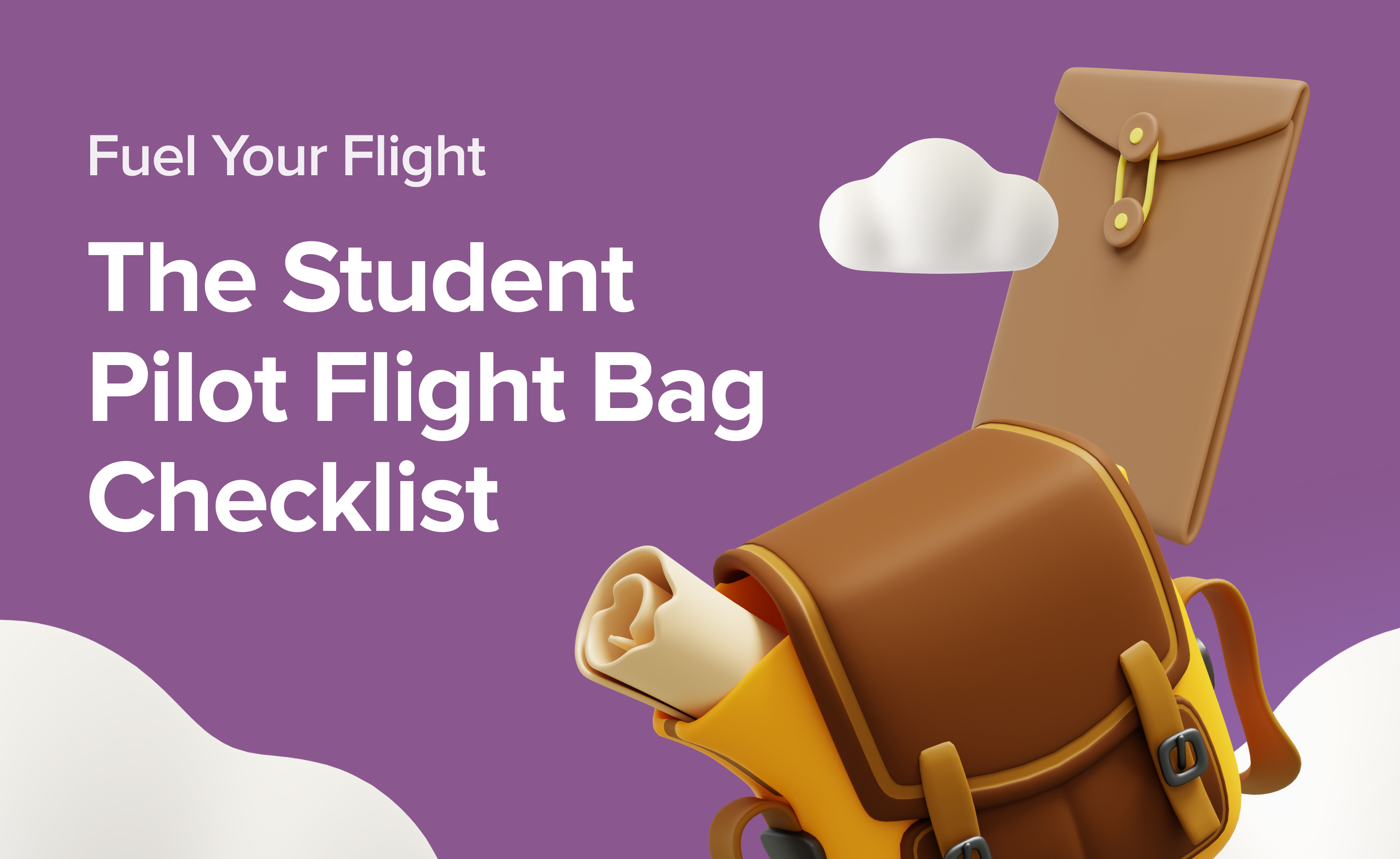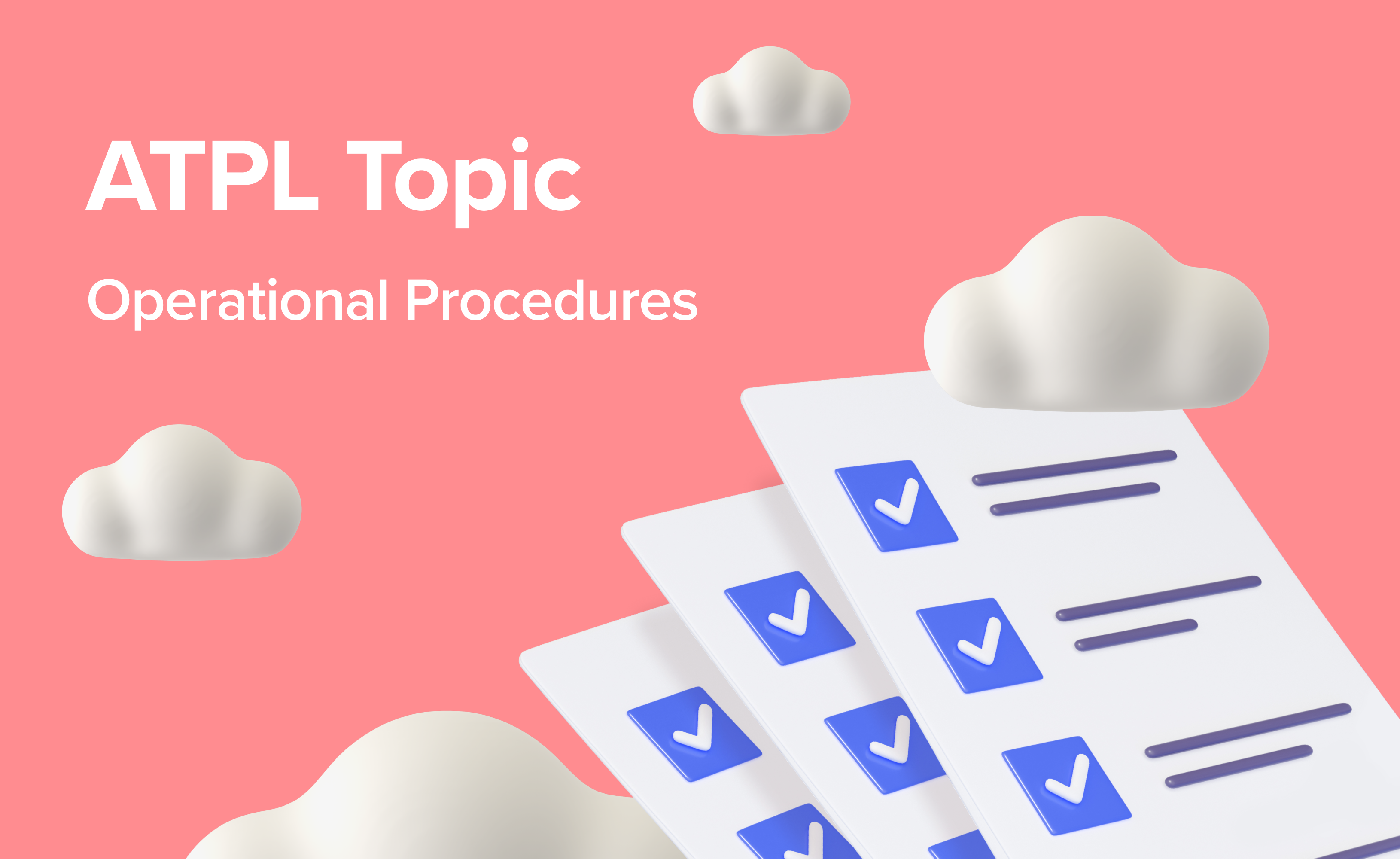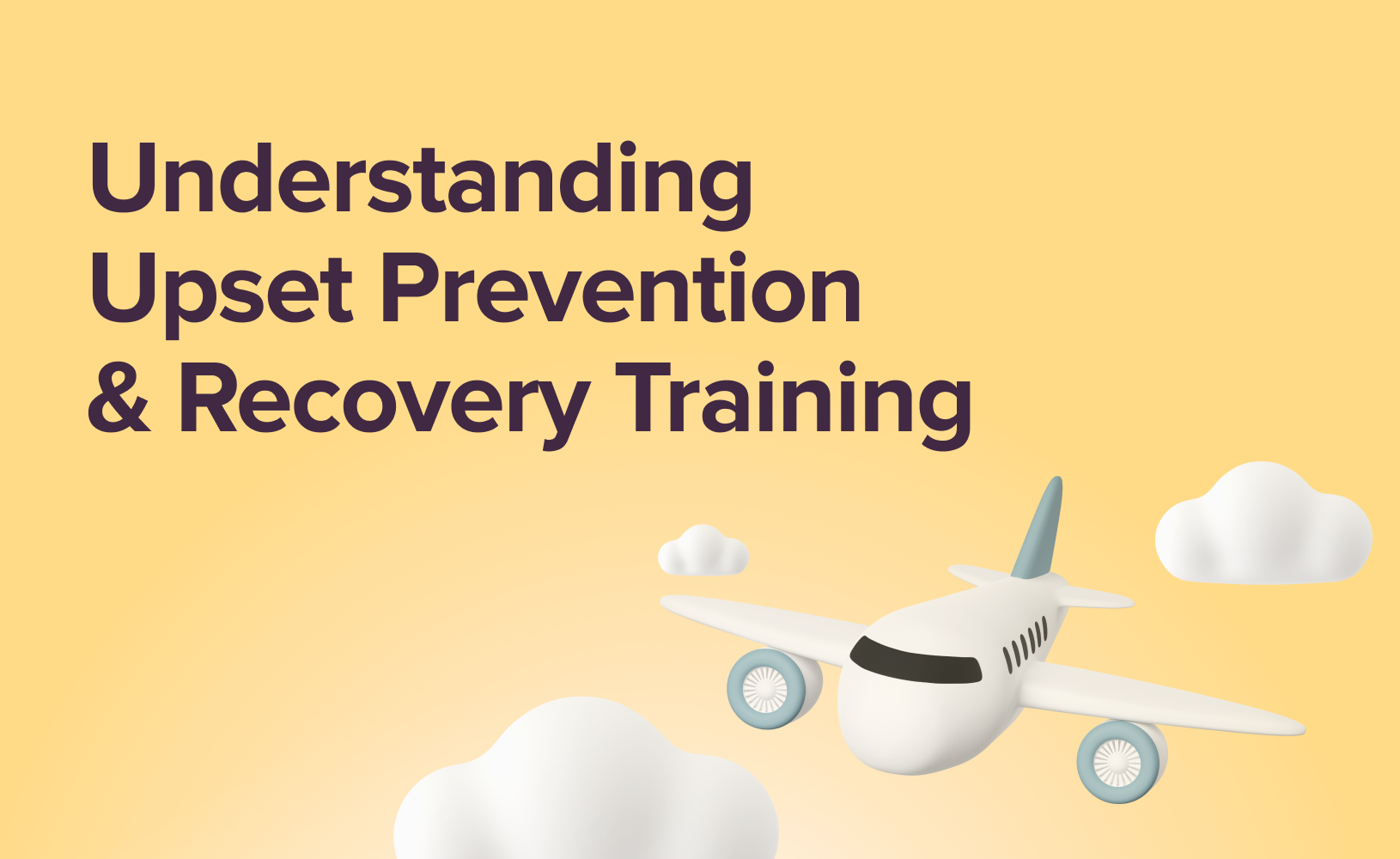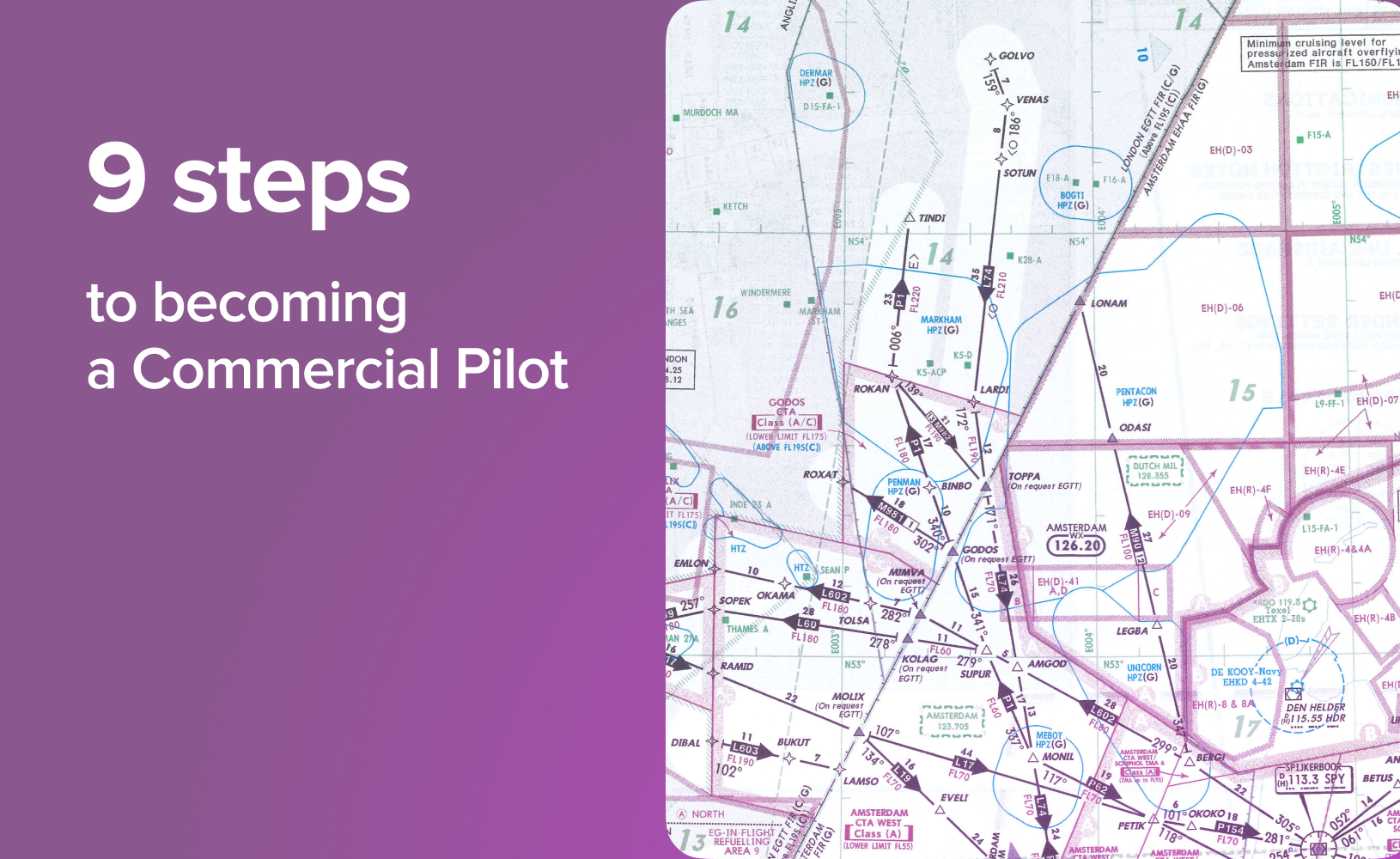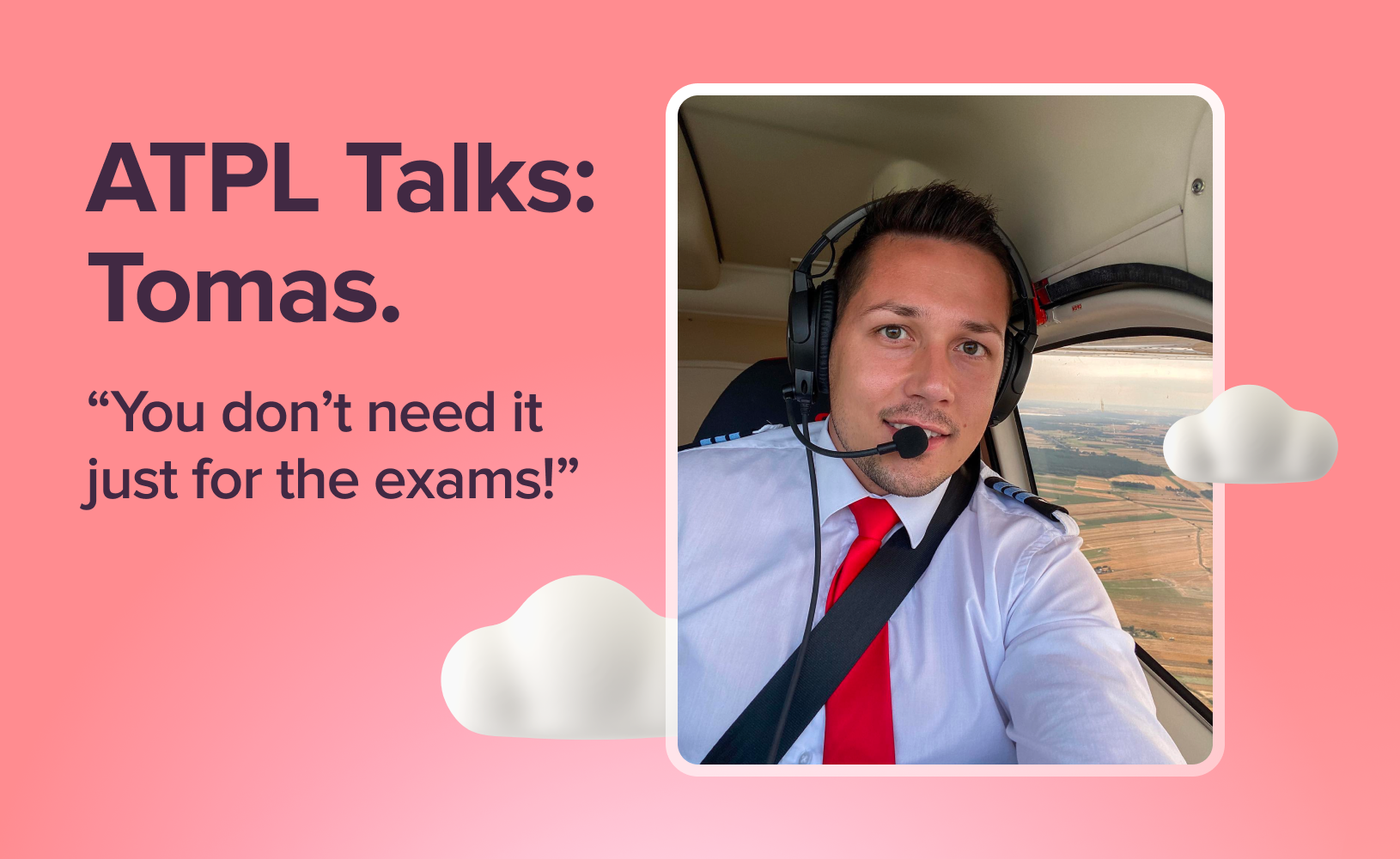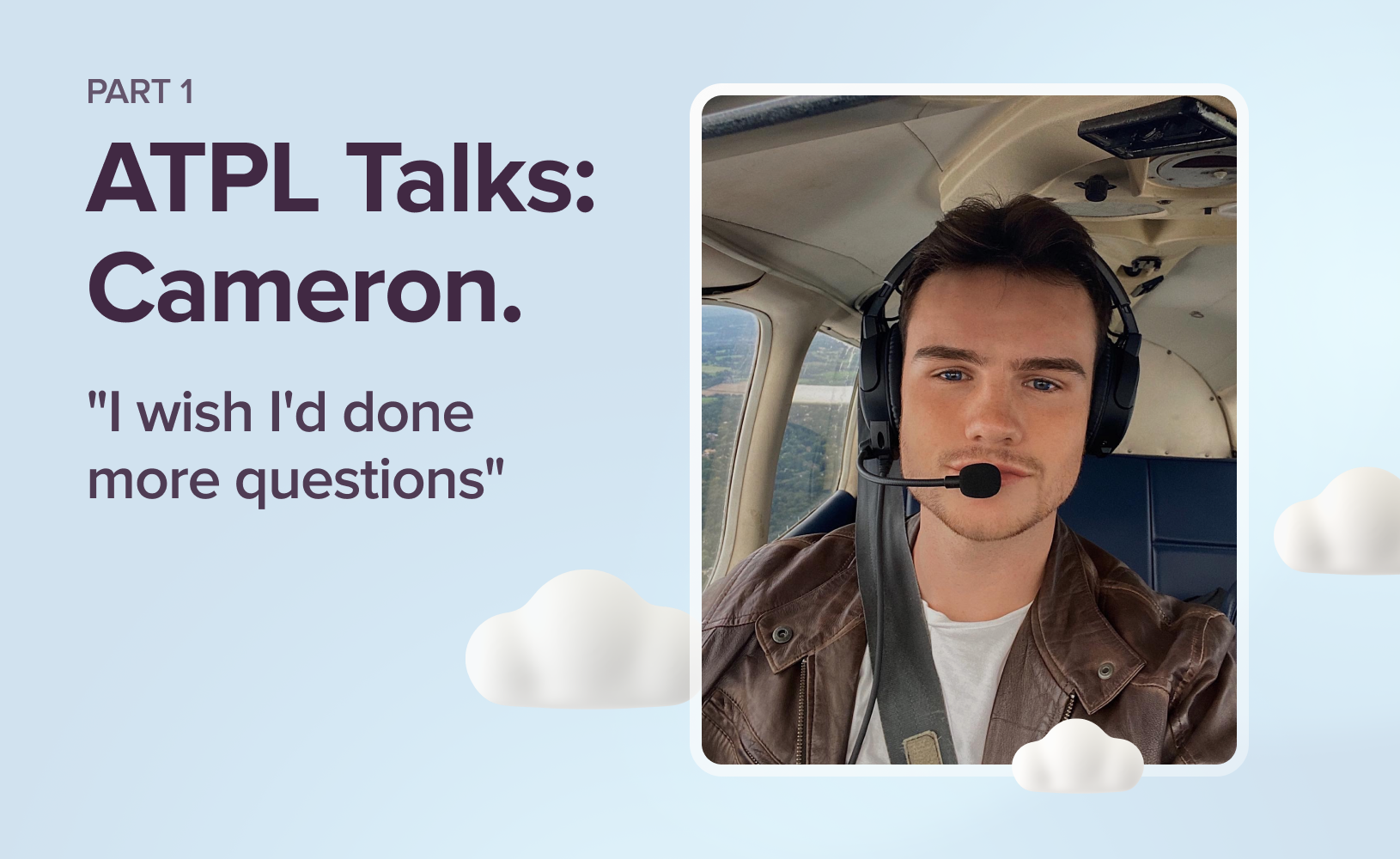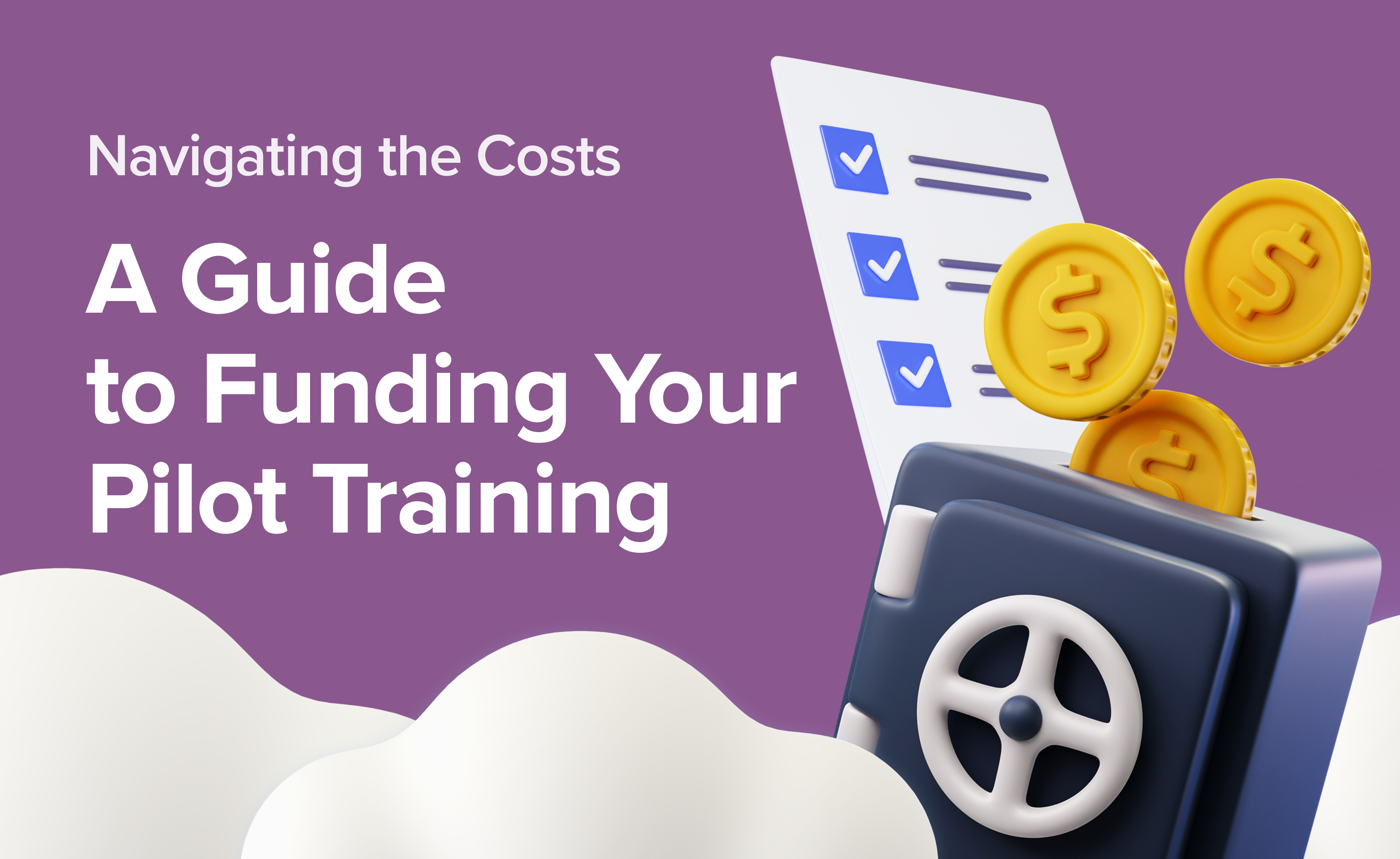How to become a Commercial Pilot in the UK & Europe: 9 key steps to take before you start
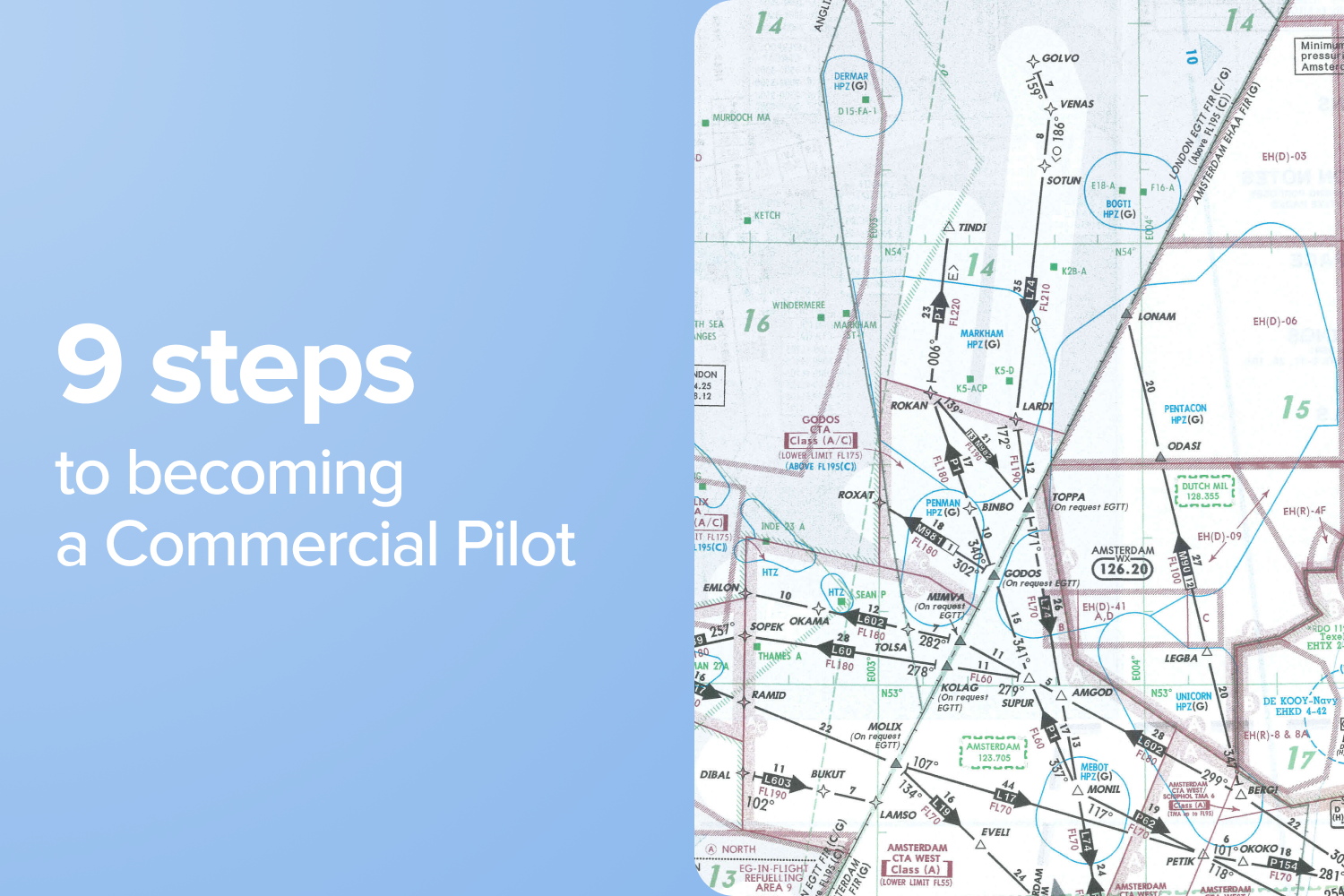
1. Research and be Realistic
Let’s face it: it is a glamorous career and can be well remunerated. However, you should be aware that it involves long and unsocial hours, shift work and potentially a lot of time away from home. Keep in mind that it would definitely interfere with your personal life and non-work commitments. So before making any decisions, research what will be involved with the job without romanticising it and make sure you are ready to adopt such a lifestyle. Talk to as many people who are actually in the airline industry as possible and get their viewpoint. Beware basing all your opinions on what flight schools tell you!
2. Go for a Trial Lesson
If you have never flown before (other than as a passenger on commercial air transport), you really should get that experience before committing. Flying in a light aircraft will give you a chance to control the plane for the first time and get an understanding of what you’ll be doing during your training. Like every career, there are downs as well as ups and a real passion for aviation is what will carry you through.
3. Have you got the Aptitude and are you the Right Stuff?
Not everyone is cut out to be a commercial pilot. There are two things to consider (in addition to the means and the motivation). One is to do with coordination and the other skills needed to fly and aircraft and the other is to do with personality. Aptitude is your innate ability to perform a task. It cannot be improved with training, whereas Skills, Knowledge and even your Attitude can develop in training over time.These days airlines will look for much more than the ability to pilot an aircraft in candidates; they want to know that you have the right ‘competencies’ as well. Competencies are a series of attributes that successful pilots possess, and most have nothing to do with the physical act of piloting an aircraft. Before embarking on your training it is a good idea to get a clear, impartial understanding of your aptitude and current competency. This will give you the reassurance that you have the potential to be successful in training and your subsequent career and will give you an indication of what you need to work on during your training to maximise your chances of selection by an employer.However, be sure that you get impartial advice; someone who is trying to sell you a course may not be the person to ask! The Wings Alliance and the Honourable Company of Air Pilots are both independent, not-for-profit organisations that offer pre-training assessment.
4. Get a Medical Certificate
If you have considered all this advice and you are still 100% sure you are cut out to be a pilot, it’s time to start with some real preparation. During your training you will need to hold a Class 2 medical certificate but to be a commercial pilot you will need to pass the more stringent Class 1 standard. For this reason, we’d recommend that your first medical is a Class 1, to remove any doubt that you are medically fit for the career. The time to find out you can pass a Class 2 but not Class 1 is before, not after, spending time and money on training! A Class 1 Medical assessment is performed by an Aeromedical Examiner (AME) and will include an eyesight test, a physical examination, electrocardiogram (ECG), lung function test, haemoglobin blood test, urine test and details about your own personal (and family) medical history. You can get to know more about Class 1 Medical assessments here.
5. Decide on your Licence
To become a commercial air transport pilot you will need to hold a Commercial Pilot’s Licence (CPL) with an instrument rating (IR), you will need to have completed the theory exams for the Airline Transport Pilot’s Licence (ATPL), and you will need to have completed a Multi-Crew Cooperation course.You will also need to decide which licensing authority you want to issue your licence. This blog assumes that you have the right to live and work either in the EU, one of the non-EU EASA member states (Iceland, Liechtenstein, Norway, and Switzerland) or the UK. If you have the right to live and work in the EU or an EASA member state, the logical choice is to get an EASA licence. If you have the right to live and work in the UK you should consider getting both UK and EASA licences; have a look at this blog which goes into this subject in more detail.
6. Decide on your Training Route
There are two options to choose from for your training journey - integrated or modular. Both have the same outcome in terms of licence and employability. Factors such as cost, flexibility, your availability to train full-time, your preference for self-directed or instructor-led theory training and your preference between maintaining a degree of control over your training or surrendering to the control of the school may affect your choice.
Integrated
The integrated route is designed in such a way that students do all their training on a full-time basis with one organisation. It usually takes 18 months to 2 years to complete. You will be unable to work during this period and will usually have to live at the school’s campus. You will have little or no control over the graduation date, so cannot alter the pace of your training to match job market conditions. The training is instructor-led and is organised for the student: you will have little control or choice once you have signed up. It is an immersive experience, and you will be on campus with other student pilots. It is usually significantly more expensive than modular training, with typical courses ranging from about €75 000 to €120 000. You will usually have to pay for the course in advance, although there may be stage-payments, always ahead of training delivery.
Modular
The modular route offers the same industry-leading standards as the integrated route, but is more flexible. Students may train full-time, part-time or a mix of both. There are a lot of choices of location meaning training while living at home and/or working are sometimes feasible. The pace of training is largely down to personal preference and needs; it can be completed in less than a year or stretched out over several years, and the pace may be varied according to job market conditions and student circumstances. You may make all decisions yourself and organise your own training, you can get help with this or even purchase an off-the-shelf ‘packaged modular course’ where all the decisions have been made for you. Students can miss out on the campus experience, although communities such as the Wings Alliance can help with the isolation. Theory training can be by distance learning or full-time instructor-led training. Costs can be significantly less than integrated courses and students may spread the payments out over the duration of training.
Which to choose?
It can be an agonising decision and advice is often biassed. These are probably the questions you should be asking yourself.
How much can you afford? Modular is less costly.
Are you able to train full-time at a campus away from home for up to 2 years? If yes, you could consider integrated, if not, then modular will suit you.
Are you comfortable with independent learning? If you struggle for motivation, then consider an integrated course or full-time instructor-led theory training if going modular. If this is not an issue for you, distance learning may suit you.
Are you OK with studying on your own? If you are, then you’ll cope with either option. If you need people around you and are considering modular, you should also consider joining a mentoring organisation like the Wings Alliance.
Is choice and control important to you? If it is, you probably should be going modular.
Is flexibility important to you? If it is, you should probably avoid integrated courses.
Do you want someone else to sort everything out for you? If this is attractive to you, then a packaged modular course or an integrated course might be best for you.
Would you like to remain working and/or living at home for some of your training? Only modular offers this possibility.
7. Financing your Commercial Pilot Training
Funding is crucial as flight training can cost anywhere from €/£50 000 to 120 000+ from start to finish.It undoubtedly is a significant investment for most people, so make sure you know how to fund your training in advance and budget for the unexpected. You can try and apply for one of the scholarships to help with the cost of training. Some are listed here.
8. Research Aviation Training Organisations
There are many Aviation Training Organisations (ATOs) offering courses for novice pilots. Some have slick advertising and sales campaigns. Beware those that over-promise and under-deliver. Seek advice from others who have already started down this route, but be aware that a student pilot usually has nothing to compare their ATO with and some might subconsciously try and justify their own decisions. It is therefore best to get a variety of inputs. There are several Facebook groups and Discord channels that might help inform you and an internet forum called PPrune with lots of threads about commercial training on its Wannabes Forums.
9. Commercial Pilot Career Progression
Once you’ve passed all your theory exams (click here for our blog about what you can expect from your ATPL exams) and completed your flight training you are then ready to apply for your first commercial job. You will start out as a First Officer (FO) and will fly in the right-hand seat of the flight deck with the Captain. As you gain more experience, skill, and seniority you may be able to move up to become a Senior First Officer then Captain. It can take anywhere from about 4 to 20 years from joining an airline, depending on the type of operation and the competency of the pilot, to become a Captain.Some pilots also take on part-time management roles which can lead to full-time management careers, while others become trainers, teaching other pilots within the airline.Many pilots will start out their commercial careers working for a regional or low-cost carrier, and some will stay there for their whole career, while others may move to a major carrier and/or spend time overseas as an expatriate pilot. While the training is expensive and requires commitment and dedication, the resulting career can be rewarding professionally and financially; many senior pilots earn 6-figure salaries.The aviation industry is exciting, ever-changing, and full of exceptional career opportunities. And though you’ll have to go through quite a long journey before you make your first flight as a commercial pilot - if you are passionate about aviation and ready to commit to this profession, it will all be worth it in the end.

